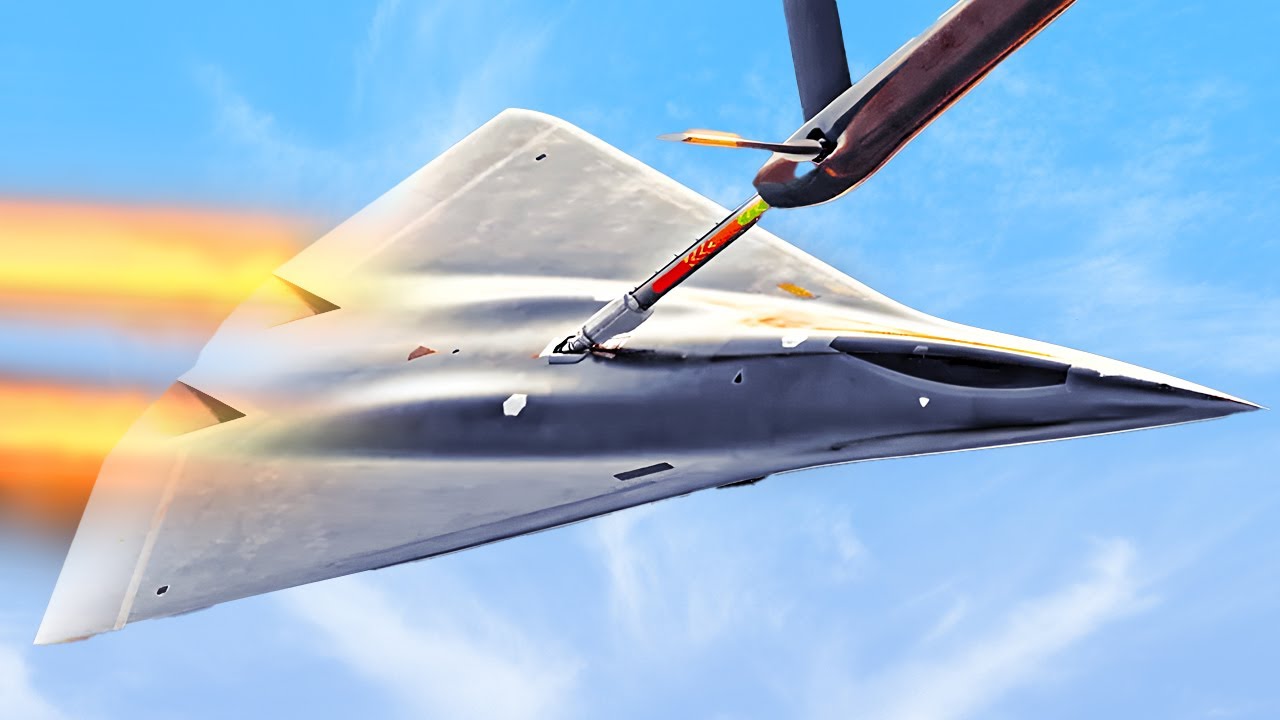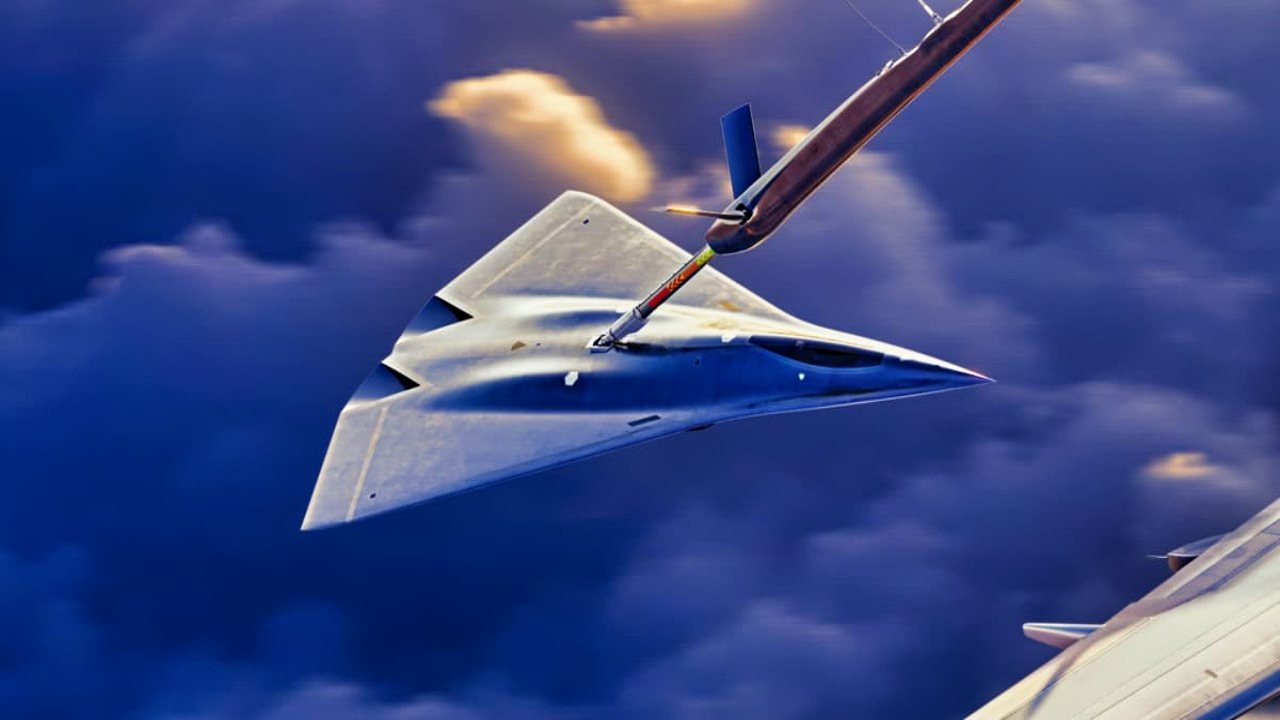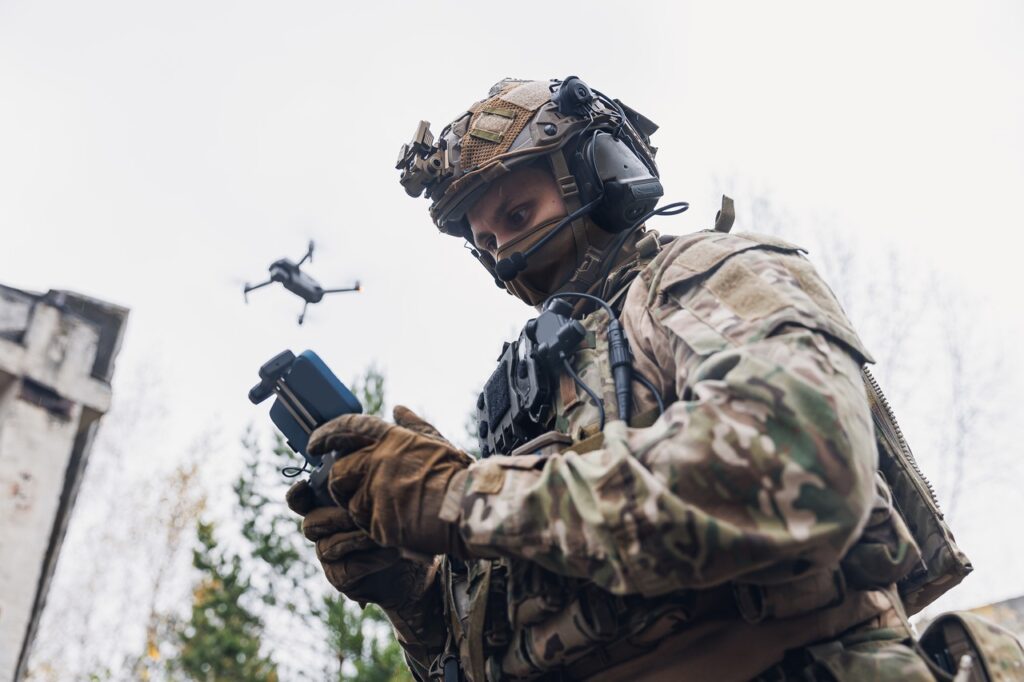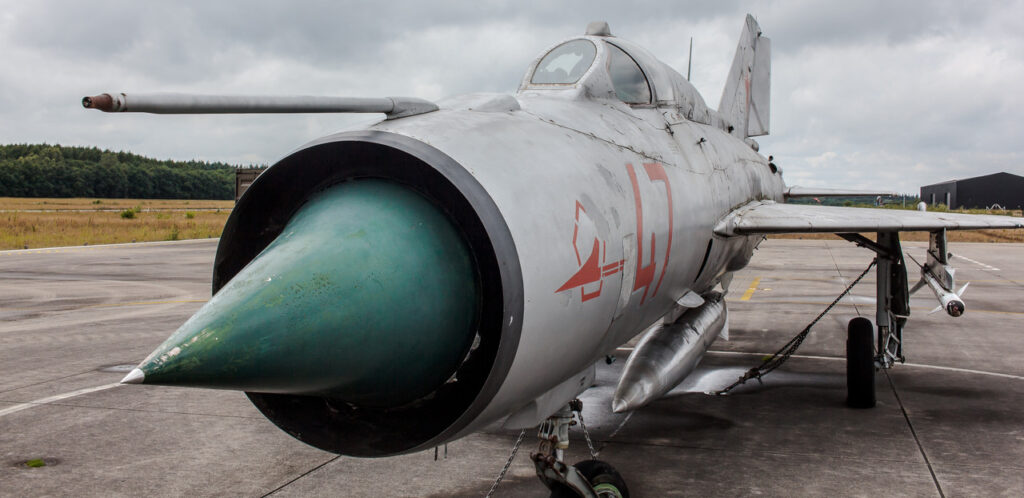
NGAD: The 6th Generation Fighter the Air Force ‘Paused’
What You Need to Know: The U.S. Air Force’s Next-Generation Air Dominance (NGAD) program, designed to replace the F-22 Raptor with cutting-edge sixth-generation fighters, faces scrutiny due to skyrocketing costs.

-Estimated at up to $300 million per aircraft, the NGAD fighter may be too expensive to pursue.
-The Air Force is now exploring alternative options, such as a more adaptable, modular “Light Fighter” concept.
-This proposal could offer greater flexibility and affordability compared to NGAD.
-The future of air combat dominance hangs in the balance as the U.S. military weighs next-generation fighter technology against financial and strategic realities.
NGAD 6th Generation Fighter: Should It Be Paused? Should It Live On?
Back in the summer of 2022, it looked as though the Next-Generation Air Dominance (NGAD) Sixth Generation fighter jet program was already on its way to being the next big thing, channeling WWE’s Brock Lesnar’s energy. In aerial combat technology, even though Fifth Generation stealth fighters, such as America’s F-22 Raptor and F-35 Lightning II, as well as China’s Chengdu J-20 “Fagin” and Russia’s Sukhoi Su-57 “Felon” were still fairly new on the scene and relatively untested in combat compared with Fourth Generation fighters like the F-16 Fighting Falcon and F-15 Eagle.
However, fast-forward to the present day, and it appears there is much trouble in (proverbial) Paradise for the present and future viability of the NGAD program. So then, this begs the following question: should NGAD be paused?
Should the program be allowed to live on at all, or should it be killed in the proverbial womb? And why is the program in trouble anyway? We shall now attempt to tackle these questions.
NGAD’s Initial History
The NGAD program traces its roots back to March 2014, hard to believe it’s already been over ten years since the Defense Advanced Research Project Agency (DARPA) completed a series of studies to explore concepts for air superiority systems of the 2030s for the U.S. Air Force (USAF) and U.S. Navy.
Based on the results of these studies, the U.S. Department of Defense (DOD) launched the Aerospace Innovation Initiative (AII) in 2015 to develop X-plane prototypes to demonstrate technology for future fighter aircraft.
Fast-forward to June 2022, and the Congressional Research Service (CRS) released a report that shed at least some additional light on what was (and still is) a highly classified project:
“The Air Force intends for NGAD to replace the F-22 fighter jet beginning in 2030, possibly including a combination of crewed and uncrewed aircraft, with other systems and sensors… Since 2015, Congress has appropriated approximately $4.2 billion for NGAD…On September 15, 2020, then-U.S. Air Force acquisition executive Dr. Will Roper announced that the Air Force had flown a full-scale flight demonstrator as part of the NGAD program. Secretary of the Air Force (SECAF) Frank Kendall announced on June 1, 2022, that NGAD program technologies have matured enough to allow the program to move to the engineering, manufacturing, and design phase of development.”
Okay, So What’s the Problem on NGAD?
Well, it boils down to dollars and sense. As my National Interest colleague Stavros Atlamazoglou elaborates in an article published just last month, “With the F-35 Lightning II estimated to cost the U.S. military over $2 trillion, the Air Force is wary of a repeat performance with [NGAD]… The Air Force estimates that each NGAD stealth fighter jet could cost up to $300 million, making it an awfully expensive aircraft…And the Air Force doesn’t seem willing to pay that price.”
For the basis of comparison, the Lightning II costs around eighty million USD per unit, according to The National Interest’s Harrison Kass. However, for all the controversies surrounding the F-35 over its high costs and reports of reliability issues, at least it’s now a battle-proven platform, thanks to the Israeli Air Force, who used their F-35I Adir (translated as “The Mighty One”) variant to
(1) strike Iranian missile launch sites in Syria in May 2018
(2) shoot down two Iranian unmanned aerial vehicles (UAVs) that were threatening to violate Israeli airspace.
Ditto for the F-22, which was first bloodied in combat when one was used to shooting down that infamous Chinese spy balloon back in February 2023.
Okay, So What’s the Alternative?
Enter the “notional Light Fighter concept”, which was proposed at the Chief of the Air Staff’s Global Air & Space Chiefs’ Conference in London this past July by Chief of Staff of the Air Force (CSAF) Gen. David Allvin.
This would mark a conceptual shift in aircraft development away from the “built to last” philosophy to a “built to adapt” philosophy, which in turn evokes the military-wide mantra of “Adapt, Improve, Overcome” as well as the USAF-specific dictum that “Flexibility is the key to airpower”.

As Harrison Kass explains further, “On paper such a shift makes sense. Technology is improving at exponential rates. Modularity is becoming an expectation, allowing airframes to upgrade incrementally with new software and new avionics as technology becomes available. Making rigid technological commitments to a multi-billion-dollar platform that could become outdated in years rather than decades seems foolhardy. An emphasis on adaptability would ensure any new airframe could stick around for a little while… Allvin said deciding to build systems to last ‘can become an albatross…still functioning but it’s not as effective…The United States Air Force has a large majority of its systems designed and developed with this value proposition.’ The Light Fighter would be built on adaptability, not ruggedness.”
Accordingly, the CSAF envisions a jet that has the following traits to enable such adaptability for continuous improvement:
-open systems architecture
-modular design
-digital engineering
-3D-printing/additive manufacturing
Where Have You Gone, Joe DiMaggio or NGAD?
Or to rephrase that, “Where will you go, NGAD?”
It’s still too early to pronounce the NGAD concept dead; government programs tend to have long, if not necessarily fruitful lives. The NGAD concept still has merit and potential, and until the day if and when the powers that be in the DOD in general and the USAF in particular officially announce the cancellation of NGAD, as the saying goes, “It ain’t over ‘til it’s over.” Time will tell.
About the Author
Christian D. Orr is a Senior Defense Editor for the National Security Journal (NSJ). He is a former Air Force Security Forces officer, Federal law enforcement officer, and private military contractor (with assignments worked in Iraq, the United Arab Emirates, Kosovo, Japan, Germany, and the Pentagon). Chris holds a B.A. in International Relations from the University of Southern California (USC) and an M.A. in Intelligence Studies (concentration in Terrorism Studies) from American Military University (AMU). He has also been published in The Daily Torch , The Journal of Intelligence and Cyber Security, and Simple Flying. Last but not least, he is a Companion of the Order of the Naval Order of the United States (NOUS). If you’d like to pick his brain further, you can usually find him on Tuesday nights at The Green Turtle in Columbia, Maryland, singing his favorite karaoke tunes.
Image Credit: Creative Commons and/or Shutterstock.


